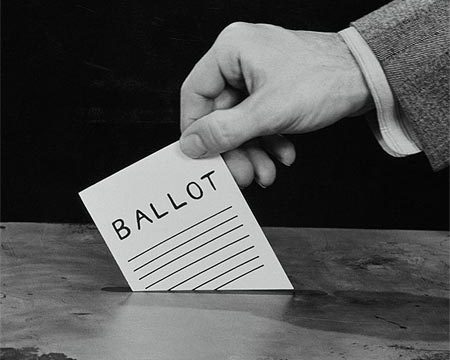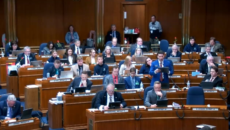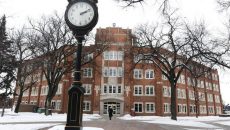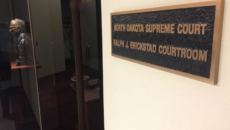It's Time To Ask Voters Again About Constitutional Protections For Universities

Earlier this week I wrote about HCR3008, introduced by Rep. Mark Dosch, which would remove from the state constitution mentions of eight of the state’s eleven college campuses.
Because those campuses, and their intents/locations, are named in the state constitution they existence is required by law. Meaning that regardless of enrollment declines, performance problems or outright fraud (such as in the case of the “diploma mill” controversy at Dickinson State University), the universities can’t be closed without amending the state constitution.
The Grand Forks Herald editorial today is very much in favor of keeping that constitutional protection in place, which isn’t surprising. The paper takes a very “do no wrong” position on higher ed, and their default position is to keep the university as far outside of the authority of any elected leader as possible.
But the Herald hangs its case on a 1998 statewide vote on a similar resolution which saw voters overwhelmingly supporting keeping the universities in the constitution:
In 1998, that purpose was clear: It was to remove the pesky constitutional protection so some number of the colleges could be closed.
But North Dakotans declared in no uncertain terms that they rather liked the protection, thanks. And no wonder: Thanks to the grounding of the schools in constitutional firmament, North Dakota has a statewide network of not only healthy colleges but also healthy communities.
“Healthy communities.” That’s the operative term, because it’s far from clear that many of these universities are healthy. A recent report put together by the Chronicle of Higher Education showed abysmal spending and graduation rates, particularly for North Dakota’s smaller universities.
In truth, the argument in favor of the constitutional protection for the universities is about the same one we hear against closing military bases that have clearly outlived their strategic usefulness. Much as with the military bases, the communities where the universities are situated enjoy the influx of commerce that comes along with the faculty, administrators, students and support staff. Thus, they support keeping the universities open not to promote education but to promote the economic interests of locals.
That’s no way to run a university system.
Voters may have rejected removing universities from the state constitution in 1998, but a lot has changed since 1998. It’s become clear, both nationally and in North Dakota, that we have a higher education bubble. The cost of a college degree is growing almost exponentially while the value of a college degree stagnates. North Dakota’s four-year universities were recently patting themselves on the back for moving six-year graduation rates (for four year degrees) above the 50% mark. North Dakota’s two-year campuses were among the best in the nation in graduation rates, but are still graduating just one third of students after three years.
I suspect that many North Dakotans would feel very differently about constitutional protections for the campuses in 2013 than they did in 1998. Of course, maybe I’m wrong, but what’s the harm in asking? Why not pass HCR3008, and let the voters decide?
I think the Herald and other apologists for the university system are afraid of what the outcome might be.







